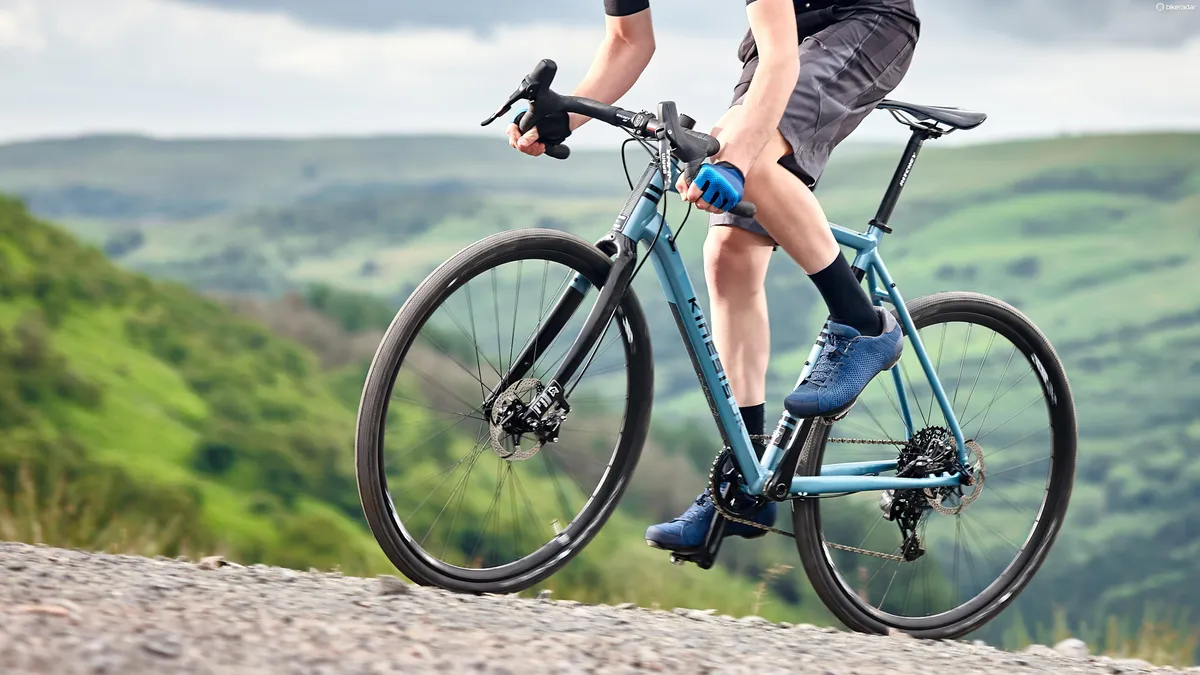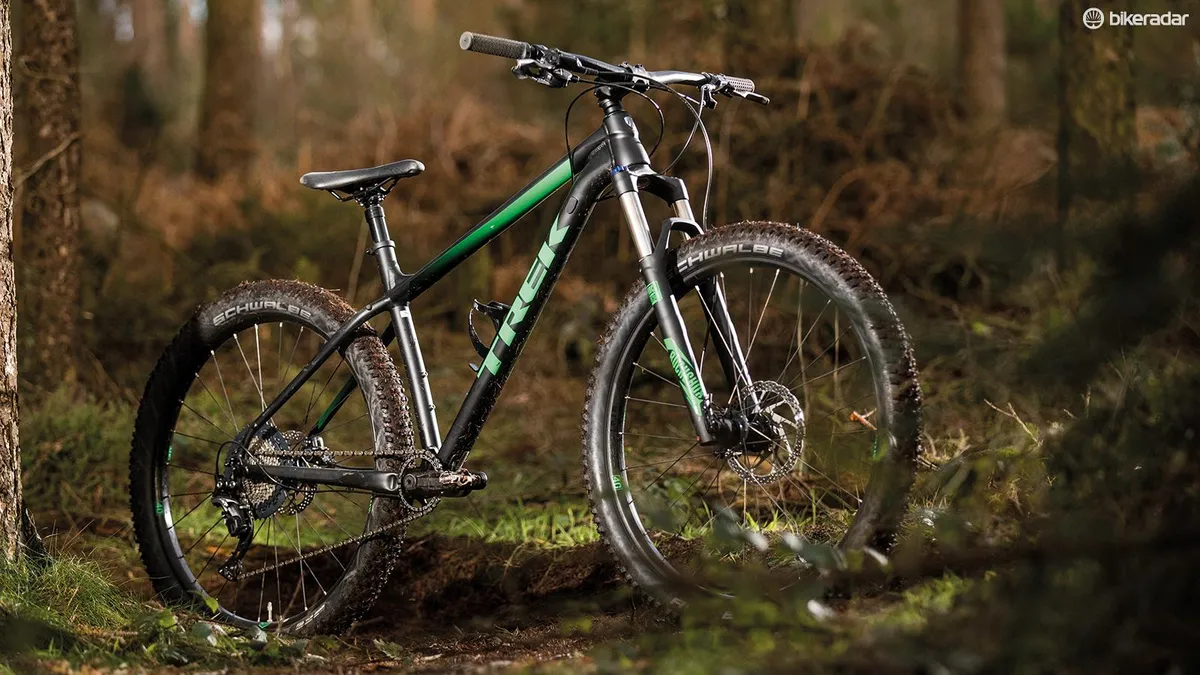In the beginning — the late-1970s ’klunker’ days in California — off-road bikes were long, slack, low and wide with big fat tyres. Today, trail bikes are long, slack, low and wide with big fat tyres. They’re stable, predictable and drift well.
But for decades in between, mountain bikes were short, tall, steep, narrow and skinny rimmed. Like highly-strung horses, they ached to throw you out the front door at the slightest provocation, and received wisdom insisted that crashers simply lacked skills.
It was never because the bikes were skittish and stabby and hard.
- Inside the Marin Museum of Bicycling
- Christmas gift ideas for mountain bikers
- Best mountain bike: how to choose the right one for you
I met a conspiracy theorist last week, and after talking to him (he talked while I tried politely to get my eyebrows back down my face) the scales have fallen from my eyes. Not regarding his fervent sermon — fake moon landings, the pyramids being 45,000 year-old relics of a civilisation more advanced than us — because, I mean, that all checks out. No doubt the Sphynx still rocks great Wi-Fi but it’s just all clogged up with sand.
No, I mean my eyes are finally open about the so-called ‘bike industry’ (bike illuminati more like, am I right?). I now see how mountain bike design went so stubbornly wrong for so long, and trust me, it’s a genuine conspiracy and it’s stupid as hell.
What did mountain bikes resemble for years? Road bikes
But first, here’s the other half of how I put two and two together and got [redacted]. I did loads of road riding, got really used to Lycra and nippy average speeds, and then I went mountain biking again.
Suddenly my bike felt heavy and effort-wastingly squishy. My tyres felt slow and flat. My kit felt bulky, and flapped stupidly in the wind. The bike needed meaningful input to steer. It all felt really strange and sluggish.
Now imagine I stopped there and simply stuck with my first impressions. Imagine I then ‘used my common sense’ and designed a bike that didn’t feel weird. What would it look like? A road bike. What did mountain bikes resemble for years? Road bikes.

Did the bike industry treat physics as just some silly mainstream nonsense – for YEARS? I’m going to say yes. Instead it trusted familiar, ‘common sense’ ideas about aerodynamics (largely irrelevant) and rolling resistance (wrongheaded) from road biking, and gave us a whole slew of designs — bendy wire axles, narrow bars, chain-dropping/ground-grabbing triple chainrings, skinny rims, heavily forward-biased weight distribution, little-to-no suspension, geometry that folds like wet paper — that are actually terrible off road. And then told us we were in a ditch because we sucked.
What a con. What a long and universal con.
Was it really a conspiracy though? Of course it was, because anyone who disagrees is a paid shill. That’s why they’re disagreeing. What I learned from Conspiracy Man was that only people with no knowledge of a subject can be trusted to tell the truth about it, because only they are untainted. I mean, this is basic logic that a child could manage, even a very young child, let’s say two years old.
The Truth is this: we riders found ourselves so underbiked and confused we snapped up every tiny, incremental change of mountain bike geometry every year out of sheer desperation. Sales boomed. And thus the conspiracy was born. Bikes had to stay rubbish! Because if THEY [shakes fist] sold us bikes that were good — better than us — why would we ever buy new ones?
Cyclists are probably the easiest group to pull such a conspiracy on
When you think about it, it’s so obvious that happened, and all because of THEY. I mean, it just makes so much sense, even to me, and I just made this up on the spot.
In reality, cyclists are probably the easiest group to pull such a conspiracy on. There’s already a weird (not to say masochistic) sense that a bike making your life easier is somehow ‘cheating’ anyway. Hello e-bike haters! Hello hardtail purists! Hello singlespeeders!
No, for us it’s common sense that the best bike is the worst bike. For proof, I give you the resurgent popularity of the road-bike-as-dirt-bike idea, repackaged for 2018 as the gravel bike/adventure bike/don’t-make-me-snort-Kool-Aid-derisively-out-of-my-nose bike.
Now I’ve red-pilled you, one final thought. If this all sounds ridiculous, and you don’t believe a word because basic market conservatism explains it far more simply… well then, you’re just proving me right! Shill! I love it.
Conspiracy, eh? It’s a big, beautiful, flawless argument. FLAWLESS.
Next week: how ‘carbon fibre’ is just junkmail and glue.

